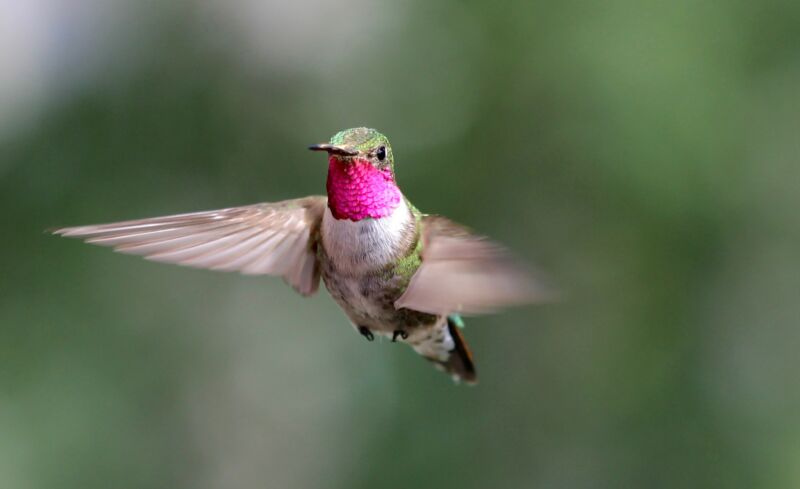Experiments show hummingbirds see colors you’ve never dreamed of
Ars Technica » Scientific Method 2020-06-19

Enlarge / One of the helpful study participants. (credit: Noah Whiteman (University of California, Berkeley))
The phrase “every color of the rainbow” isn’t quite as all-encompassing as it sounds. For one thing, the color chips in your hardware store’s paint aisle host some colors you’ll be hard-pressed to point to in a real rainbow. But even on a less hair-splitting level, purple is missing from that rainbow.
The “V” in “ROYGBIV” stands for violet, sure, but that’s not actually the same thing as purple. There is no purple wavelength of light—it requires a mixture of both red and blue wavelengths. That makes it a “nonspectral color”—in fact, it's the only non spectral color humans see. It requires our brains to interpret signals from both red-sensitive and blue-sensitive cones in our eyes and to see that as a separate color.
But while humans have three types of cones (making us “trichromatic”), many creatures have four, expanding their visible spectrum into ultraviolet (UV) wavelengths. In theory, this means they might be able to see additional nonspectral colors we humans struggle to imagine: UV mixed with either red, yellow, green, or purple. So… do they?